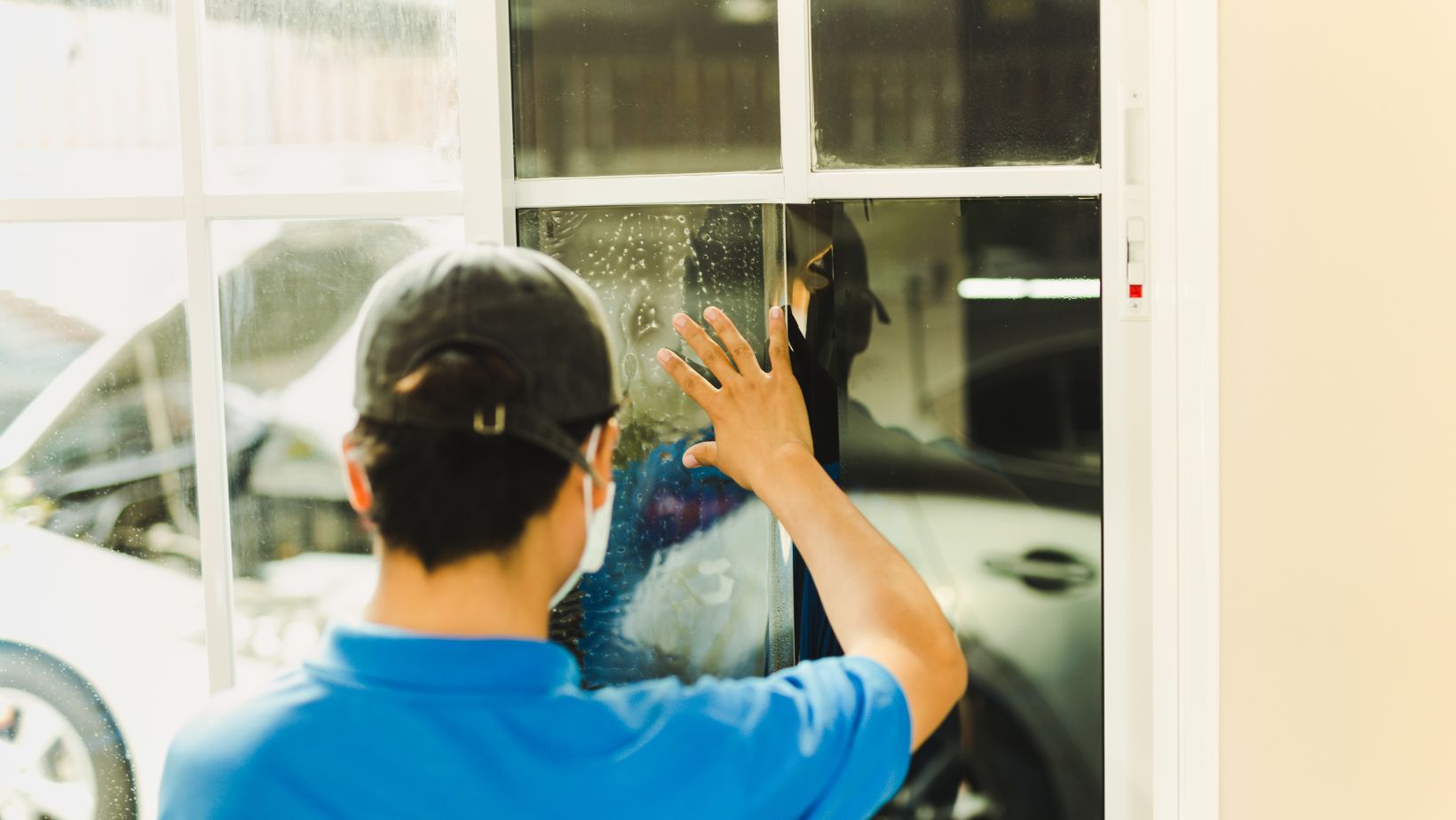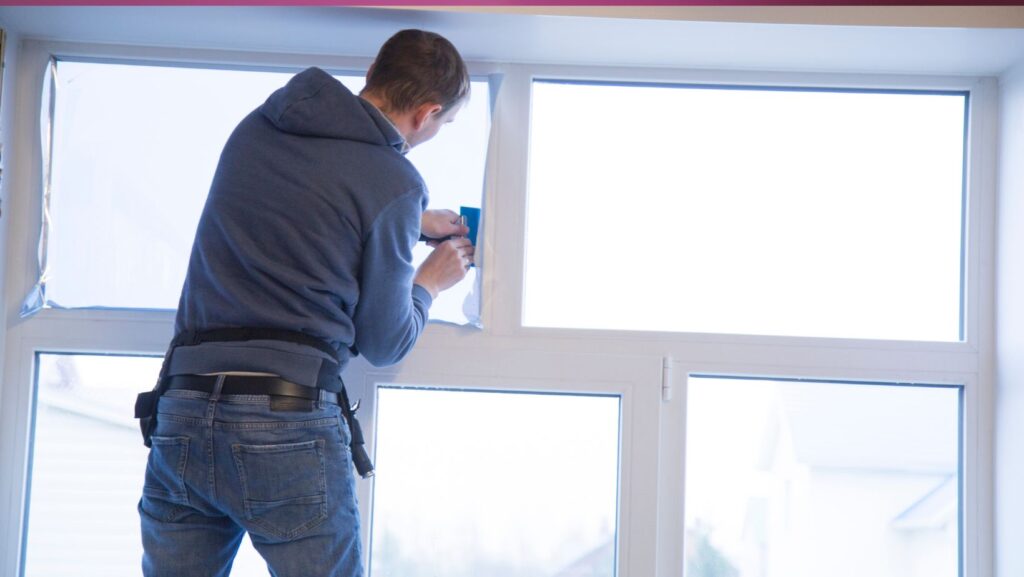As energy costs continue to rise, homeowners are increasingly seeking alternative methods to increase the energy efficiency of their homes. One such method is the application of window insulation film. This innovative product is designed to enhance thermal resistance, providing an additional layer of insulation to your windows. By creating a more stable indoor environment, window insulation film helps reduce energy consumption, ultimately saving you money on utility bills while contributing to environmental sustainability.
Understanding Window Insulation Film
Window insulation film is a thin, transparent sheet that is applied directly onto glass surfaces. It acts as a barrier to heat transfer, reflecting thermal energy during summers and aiding in heat retention during winters. Unlike traditional window re-glazing or replacement methods, insulation films are far more economical and less disruptive. They are versatile and can be used in both residential and commercial buildings, offering an easy retrofit solution to enhance energy performance.
Financial Benefits of Window Insulation Films
One of the most significant benefits of window insulation film is its cost-effectiveness. By reducing the need for heating and cooling systems to work as hard, the films contribute to lower energy bills. For many households and businesses, the savings on energy expenses can offset the initial installation costs within just a few years.

Additionally, since window films extend the lifespan of furnishings and flooring by reducing UV exposure, they help avoid the costs of premature replacements due to fading and damage.
Enhancing Energy Efficiency
The role of window insulation film in enhancing energy efficiency cannot be overstated. The film functions by reflecting a significant portion of the sun’s heat away from the window, maintaining a comfortable indoor temperature, and reducing reliance on air conditioning during hot months. In winter, the film’s insulating properties help retain heat, reducing the demand for central heating systems. This dual functionality makes it an all-season solution for maintaining energy-efficient homes.
Environmental Impact and Sustainability
Reducing energy consumption has a direct positive impact on the environment. By lowering the demand for heating and cooling, window insulation films reduce the overall carbon footprint of a building. This is particularly important in today’s context of climate change and the global push for greener buildings and sustainable living practices.

Moreover, these films do not release harmful chemicals or gases, making them an eco-friendly option for sustainability-conscious homeowners.
Improved Comfort and Aesthetic Advantages
Beyond their economic and environmental impacts, window insulation films also enhance personal comfort by reducing glare and maintaining consistent indoor temperatures. The films are designed to be nearly invisible, ensuring that they do not interfere with the appearance of your windows or hinder natural light from entering. This means you can enjoy the benefits of insulation without compromising on aesthetics or the architectural beauty of your home.
Conclusion
Window insulation film presents a practical and efficient solution for those looking to enhance their home’s energy efficiency while reducing living costs. With the added advantages of sustainability, comfort, and protection against UV damage, it is an investment that offers numerous returns. As the search for more energy-efficient home solutions continues, window insulation film stands out as a robust option that delivers on performance without breaking the bank. By taking steps towards better energy management, not only do you save money, but you also contribute towards a healthier environment for future generations.

